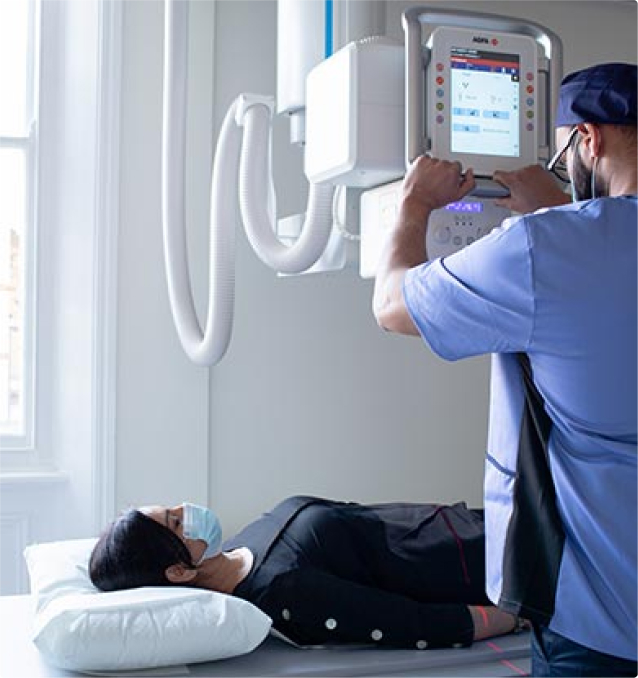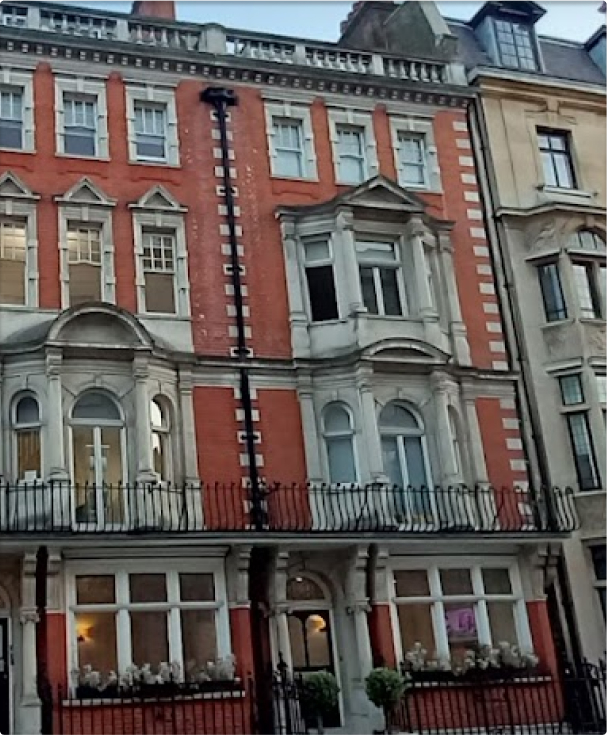Award winning Specialist
Rhizotomy London

Rhizotomy is an umbrella term for back and spine treatments that destroy nerve tissue to prevent nerves from sending pain signals to the brain. Radiofrequency ablation is one of the most common rhizotomy procedures. It uses radio waves to impair nerve endings and eliminate pain in your back, arms or legs. Find out more about the rhizotomy treatments available at Harley Street Specialist Hospital.
































